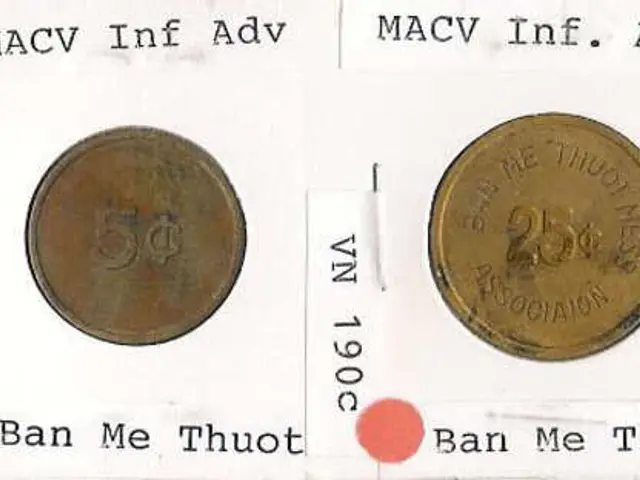Unknown Communication Methods You Might Be Employing
In the fast-paced world we live in, communication is key to success in both personal and professional settings. This article, created in collaboration with AI technology and fact-checked by a website editor, delves into the various types of communication and the importance of good communication skills.
Humans process visual information incredibly quickly, with the brain identifying an image in as little as 13 milliseconds. This speed underscores the importance of clear and concise visual communication. Visual communication, which includes charts, infographics, graphs, signs, slides, GIFs, and videos, is ideal for explaining complex ideas or data.
On the other hand, written communication encompasses various forms, including text messages, emails, memos, documents, tweets, captions, and comments. In business contexts, written communication includes emails, memos, and documents. Using visual aids or examples can help simplify complex ideas in written communication.
Verbal communication is the use of spoken words to express ideas. It depends on tone, clarity, and delivery. Good communication skills in verbal communication involve speaking in a clear and concise manner, using simple vocabulary, and eliminating filler words. Face-to-face conversations, speeches, and voice notes on social media platforms fall under the umbrella of verbal communication.
Interpersonal communication is any exchange between two or more people, and it's the backbone of relationship building, conflict resolution, and team collaboration. It's a type of communication that involves interaction between individuals, and it can occur in various settings, such as group settings, one-on-one chats, or digital platforms. Good communication skills in interpersonal communication involve using both verbal and nonverbal cues, managing emotions, and actively seeking clarification.
Nonverbal communication includes facial expressions, body language, hand movements, and other nonverbal cues. Eye contact, posture, and use of physical space can send messages without a single word. Misreading a nonverbal cue can lead to poor communication or conflict. Emotional intelligence plays a huge role in reading and using nonverbal signals in nonverbal communication.
In the digital age, written communication on social media platforms consists of tweets, captions, and comments. Emojis in work emails do not necessarily increase perceived warmth and can make the sender seem less competent.
This article about different types of communication in collaboration with artificial intelligence was created and published by the company "StartingUp" in their article on Einsatzfelder (fields of application) of AI and communication. Mastering these different types of communication can lead to more effective and efficient interaction, fostering better relationships and successful collaboration.
Read also:
- Peptide YY (PYY): Exploring its Role in Appetite Suppression, Intestinal Health, and Cognitive Links
- Toddler Health: Rotavirus Signs, Origins, and Potential Complications
- Digestive issues and heart discomfort: Root causes and associated health conditions
- House Infernos: Deadly Hazards Surpassing the Flames








